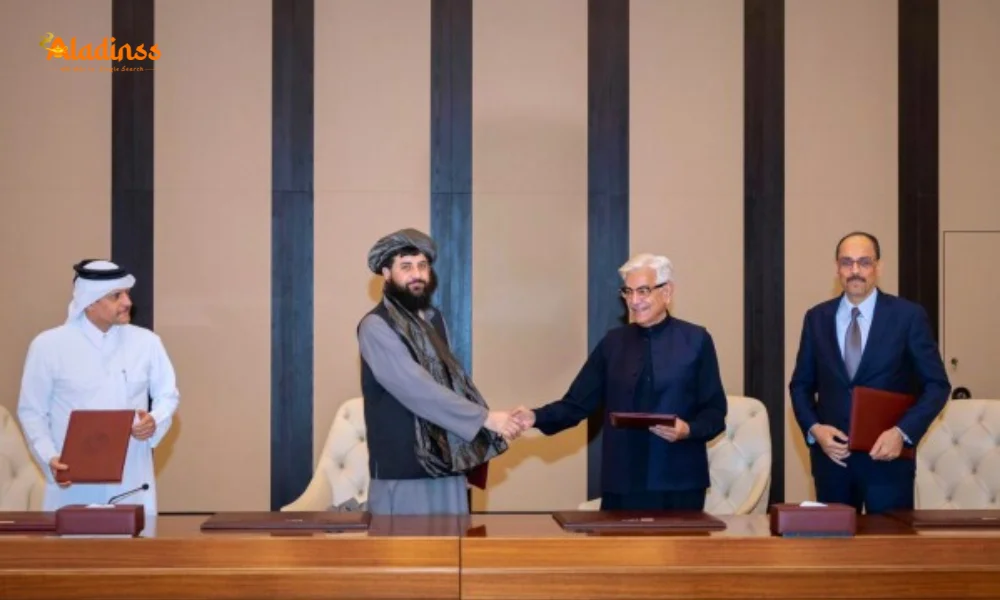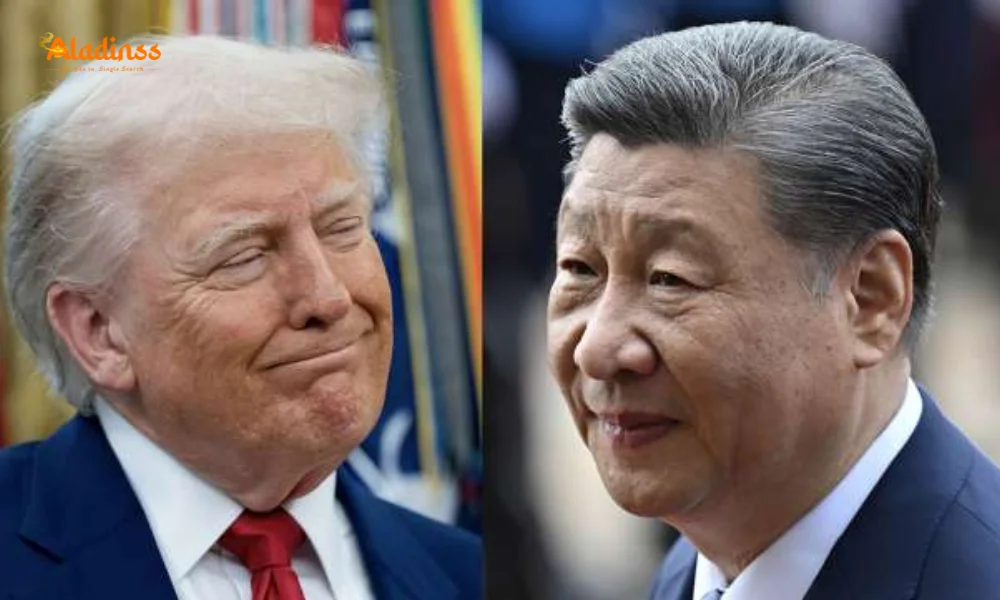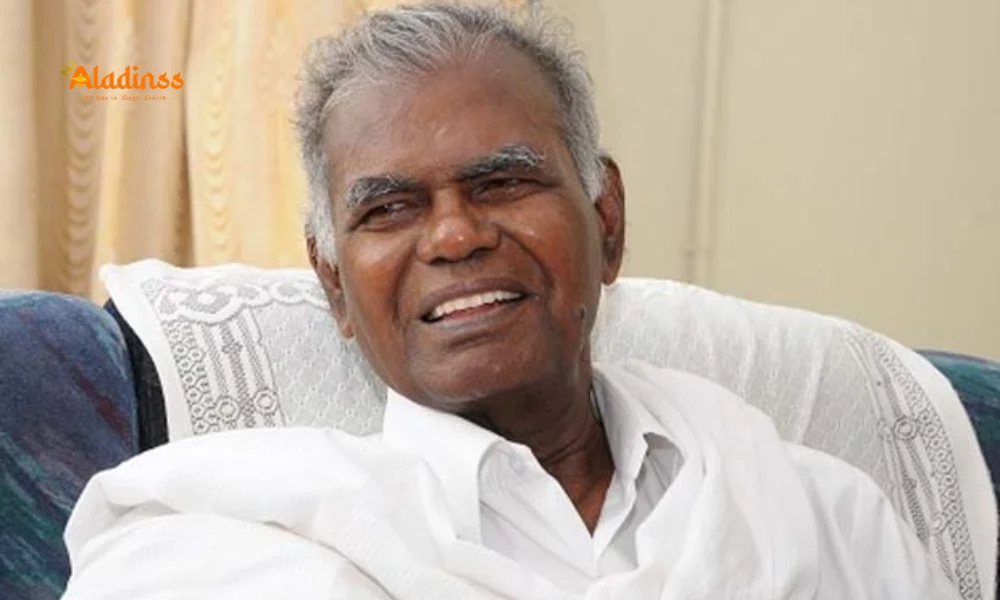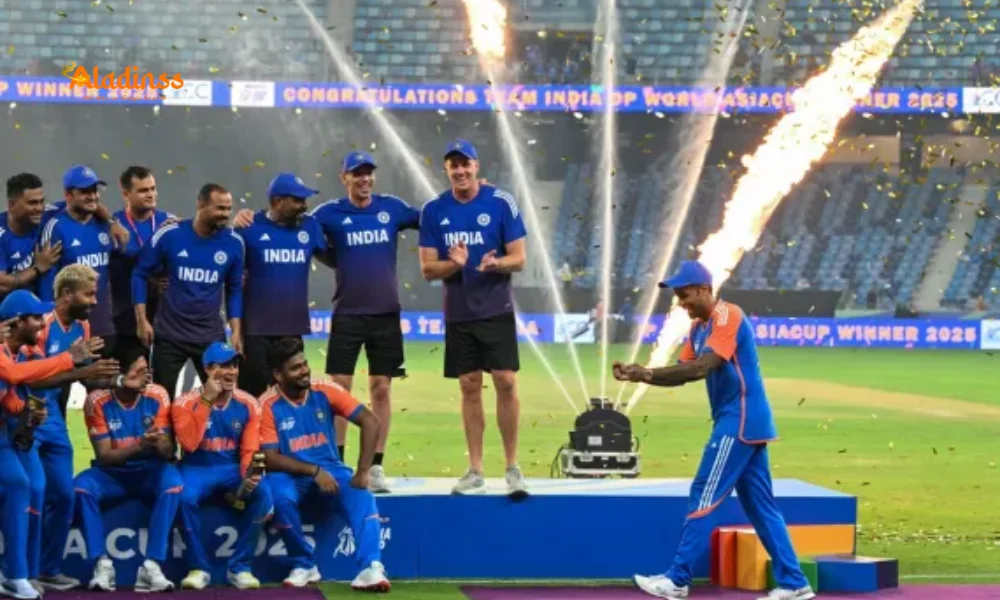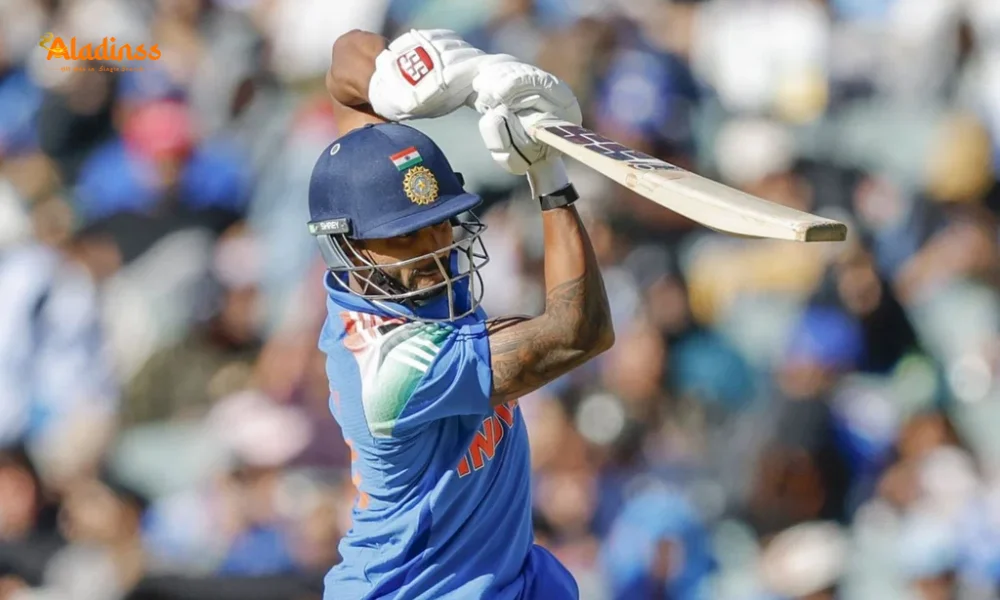Modi Trump Eye Trade Deal to Boost India-US Ties
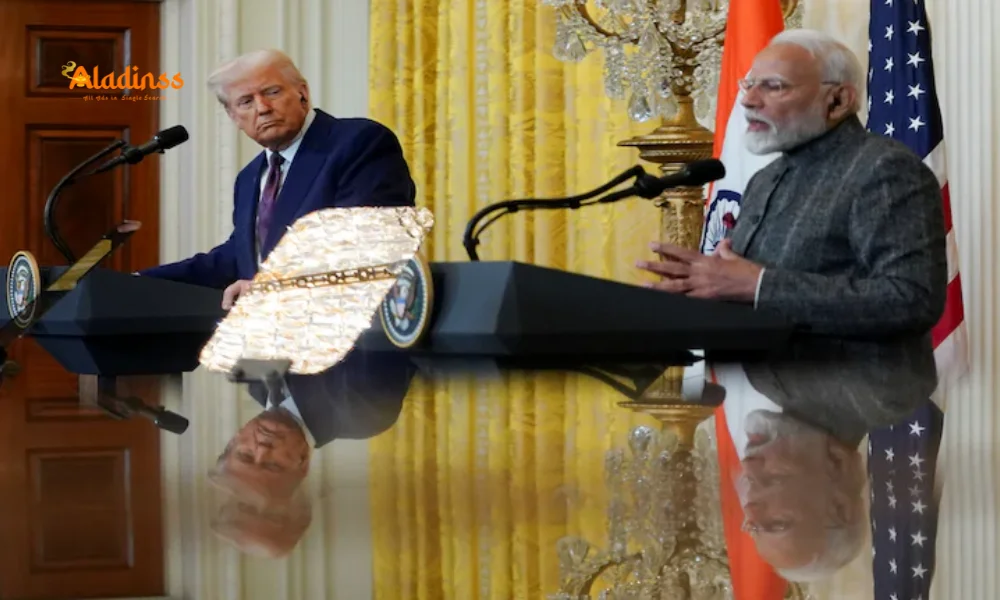
Modi, Trump Aim to Unlock Trade Potential Amid Tariff Tensions
On September 10, 2025, Prime Minister Narendra Modi and U.S. President Donald Trump expressed optimism about strengthening India-US trade ties, signaling a thaw in relations strained by recent U.S. tariffs. In a significant exchange on social media, Modi described India and the U.S. as "close friends and natural partners," emphasizing efforts to conclude trade negotiations swiftly. This breaking news update follows Trump’s remarks on Truth Social, where he voiced confidence in reaching a successful trade deal, calling Modi his "very good friend." Despite challenges posed by a 50% tariff on Indian goods, both leaders are committed to unlocking the "limitless potential" of their bilateral partnership, with implications for global trade and geopolitics.
This marks the second positive interaction between Modi and Trump within four days, a stark contrast to earlier tensions over U.S. tariffs, which doubled to 50% due to India’s continued purchase of Russian oil. The renewed dialogue, with both leaders looking forward to a direct conversation, underscores their personal rapport and strategic intent to navigate trade barriers. As Indian and U.S. teams work toward a trade deal, this latest development highlights the resilience of the India-US partnership amid complex global dynamics, including Russia’s war in Ukraine and India’s multi-alignment foreign policy.
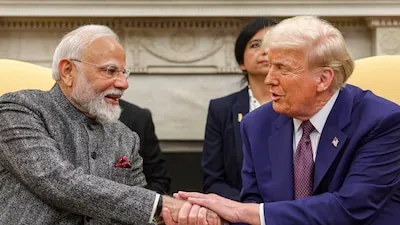
Modi’s Vision for India-US Partnership
In a post on X on September 10, 2025, Prime Minister Narendra Modi reaffirmed the deep ties between India and the U.S., stating, “India and the US are close friends and natural partners. I am confident that our trade negotiations will pave the way for unlocking the limitless potential of the India-US partnership.” Modi emphasized that teams from both nations are working diligently to conclude discussions at the earliest, signaling a proactive approach to resolving trade disputes. He added, “I am also looking forward to speaking with President Trump. We will work together to secure a brighter, more prosperous future for both our people.”
Modi’s remarks build on the momentum from a prior exchange on September 6, when he reciprocated Trump’s positive assessment of bilateral ties. The personal rapport between the two leaders, evident since their warm meeting at the White House in February 2025, has been a cornerstone of their diplomatic efforts. Modi’s focus on a “brighter, more prosperous future” aligns with India’s strategic goal of doubling bilateral trade with the U.S. to $500 billion by 2030, a target set during their earlier discussions. Despite challenges, such as India’s refusal to open its agriculture and dairy sectors, Modi’s optimism suggests confidence in finding a balanced solution.
Trump’s Optimistic Outreach
President Donald Trump’s post on Truth Social on September 9, 2025, marked a shift from earlier criticisms of India’s trade policies. He wrote, “I am pleased to announce that India, and the United States of America, are continuing negotiations to address the Trade Barriers between our two Nations. I look forward to speaking with my very good friend, Prime Minister Modi, in the upcoming weeks. I feel certain that there will be no difficulty in coming to a successful conclusion for both of our Great Countries!” Trump’s decision to reshare Modi’s response on X further highlighted the mutual commitment to de-escalate tensions and advance trade talks.
This positive tone contrasts with Trump’s earlier remarks, which described India-US trade as a “one-sided disaster” and criticized India’s purchase of Russian oil. The tariffs, comprising a 25% levy in April 2025 and an additional 25% in August as a penalty for energy trade with Russia, have strained bilateral relations, with Indian exports facing a potential $45 billion hit. Trump’s recent outreach, however, indicates a strategic pivot, possibly driven by India’s importance as a counterbalance to China in the Indo-Pacific and the need to maintain robust ties ahead of the Quad Summit expected in November 2025.
Also Read: UP on High Alert Amid Nepal’s Gen Z Protests
Context of Tariff Tensions
The India-US trade relationship has faced significant challenges in 2025, primarily due to U.S. tariffs imposed in response to India’s energy trade with Russia. In April, Trump announced a 25% tariff on Indian goods, followed by an additional 25% in August, citing India’s purchase of discounted Russian crude oil as support for Russia’s war in Ukraine. India’s Foreign Ministry has called these measures “unfair, unjustified, and unreasonable,” pointing out that other major Russian oil importers, like China and Turkey, have faced less severe penalties. The tariffs have disrupted India’s export-driven sectors, including textiles, gems, and auto components, which accounted for $87 billion in shipments to the U.S. in 2024.
The breakdown of formal trade negotiations in August, following the cancellation of a U.S. delegation’s visit to Delhi, added to the strain. Indian officials, led by chief trade negotiator Rajesh Agarwal, are now preparing to resume talks in Washington later in September, aiming to address the $47 billion trade deficit and non-tariff barriers. Despite the setbacks, Union Minister Piyush Goyal has expressed confidence in finalizing a trade agreement by November, aligning with the timeline for the Quad Summit. The renewed dialogue between Modi and Trump suggests a mutual recognition of the need to restore momentum to these negotiations.
Geopolitical Dynamics and Russian Oil
The tariffs are part of a broader U.S. strategy to pressure Russia over its war in Ukraine, with Trump reportedly urging the European Union on September 9, 2025, to impose tariffs of up to 100% on India and China. This demand, made during a virtual meeting with U.S. and EU officials, reflects Trump’s focus on curbing Russian oil exports. However, India has defended its energy procurement, with Finance Minister Nirmala Sitharaman stating that decisions are driven by “national interest and market dynamics.” India’s reliance on discounted Russian oil, which surged after Western sanctions in 2022, has been a critical factor in maintaining economic stability for its 1.4 billion population.
The U.S. approach has drawn criticism in India, with opposition leaders like Rahul Gandhi labeling the tariffs “economic blackmail” aimed at forcing an unfair trade deal. Congress president Mallikarjun Kharge has accused the Modi government of a “superficial” foreign policy, arguing that the tariffs could lead to significant job losses in export-driven sectors. Despite these tensions, India has maintained a measured response, with External Affairs Minister S. Jaishankar emphasizing the “good personal equation” between Modi and Trump. The leaders’ recent exchanges suggest an effort to prioritize diplomacy over confrontation, even as U.S. officials like Peter Navarro continue to criticize India’s trade and energy policies.
Role of Personal Rapport
The personal rapport between Modi and Trump has been a key factor in navigating the ups and downs of India-US relations. Their February 2025 meeting at the White House, where Trump gifted Modi a book titled *Our Journey Together*, underscored their strong bond. Trump’s recent comments, calling Modi a “great Prime Minister” and affirming their friendship, reflect an effort to mend ties strained by earlier remarks, such as his claim that the U.S. had “lost” India to China after Modi’s meeting with Chinese President Xi Jinping and Russian President Vladimir Putin at the SCO Summit in Tianjin in August 2025.
Modi’s response on September 6, reciprocating Trump’s positive sentiments, marked the first public exchange since their June 17 phone call, initiated by Trump after the G7 Summit in Canada. During that call, Modi clarified that no trade deal or U.S. mediation was discussed in the context of a May 2025 ceasefire with Pakistan, emphasizing India’s policy of strategic autonomy. The leaders’ ability to maintain open channels of communication, despite criticisms from Trump’s aides like Navarro, who called India the “Maharajah of tariffs,” highlights the resilience of their relationship and its role in advancing trade talks.
Implications for the Quad Summit and Beyond
The renewed dialogue between Modi and Trump has significant implications for the upcoming Quad Summit, tentatively scheduled for November 2025 in India. The Quad, comprising India, the U.S., Japan, and Australia, is a key platform for countering China’s influence in the Indo-Pacific, and a successful trade deal could strengthen this strategic partnership. Indian officials are hopeful that Trump’s visit for the summit will provide an opportunity to finalize the trade agreement, building on commitments made during their February meeting to enhance defense and technology cooperation, including joint AI projects and potential F-35 stealth fighter sales.
The trade negotiations also reflect India’s broader economic strategy under Modi’s “Make in India” campaign, which seeks to attract U.S. firms relocating from China. However, Trump’s “America First” policies, aimed at reviving U.S. manufacturing, pose challenges to this vision. India’s concessions, such as tariff reductions on industrial goods and approval for Starlink operations, demonstrate a willingness to compromise, but protecting agriculture, which employs over 45% of its workforce, remains a non-negotiable priority. The outcome of the talks will shape not only bilateral trade but also India’s role in global supply chains and energy markets.
Broader Geopolitical Context
The India-US trade talks occur amid complex global dynamics, including Russia’s ongoing war in Ukraine and India’s multi-alignment foreign policy. India’s participation in forums like the SCO and BRICS, alongside Russia and China, has drawn scrutiny from the U.S., particularly after Modi’s high-profile engagements with Xi and Putin. U.S. Treasury Secretary Scott Bessent downplayed the SCO Summit as “performative,” but analysts like Nirupama Rao argue that India’s strategic autonomy is a key factor in its global positioning. The Modi-Trump exchange is seen as an “opening gambit” to stabilize relations, with the UN General Assembly in September 2025 offering a potential platform for further dialogue.
The U.S. tariffs have also prompted India to explore alternative markets, with External Affairs Minister S. Jaishankar advocating for stronger trade ties with the EU and ASEAN nations. Meanwhile, domestic measures like GST rate reductions and tax cuts, announced by Modi on Independence Day 2025, aim to boost consumption and mitigate the economic impact of the tariffs. As India navigates these challenges, the positive rhetoric from Modi and Trump signals a mutual commitment to overcoming trade barriers and strengthening their Comprehensive and Global Strategic Partnership for mutual prosperity.
Comment / Reply From
No comments yet. Be the first to comment!

